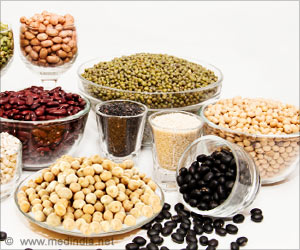Thirty-five years ago olive-grower Raymond Gonfond pondered giving up on his olive trees -- because olive oil was not selling.
Thirty-five years ago olive-grower Raymond Gonfond pondered giving up on his olive trees -- because olive oil was not selling.
Now the whole world is enamoured of this green gold, which underpins the famed 'Mediterranean diet' ... and olive-growers are prospering."When I was starting out, olive oil had a terrible reputation, people said it was greasy, that it made you fat," remembers the 57-year-old Gonfond, a grower in France's pre-eminent olive-producing town, Maussanne-les-Alpilles -- which carries the "Appellation d'Origine Controlee" (AOC) guarantee of quality.
In fact, the decline in the fortunes of French olive-growers goes still further back, to 1840, according to the French Association of Olive Professions (AFIDOL). At that time, France could boast 26 million olive orchards. By the 1970s that figure was down to around three million.
Ripped up in favour of more profitable vineyards or decimated by frosts, olive orchards and their growers had lost their status. Olive oil was competing against the less expensive groundnut oils. Factories closed one by one.
Despite all that, Gonfond and other olive oil makers were keen to safeguard their olives, because "in the Mediterranean, families are very attached" to the olive tree, which has grown in the region since pre-historic times.
Today he has no regrets. Global olive oil consumption is at an all-time high: 2.9 million tonnes (3.2 million US short tons) in 2006/7 compared with 1.6 million tonnes in 1990/91, according to the World Olive Oil Council.
Advertisement
The turning point for this oil, prized by the Greeks and Romans, came in the 1990s, with studies on the so-called "French Paradox" -- that apparent contradiction between a relatively rich diet and a lower percentage of cases of cardio-vascular problems for the French, compared with figures for northern Europeans or with the United States.
Advertisement
And scientific studies on the benefits of the Mediterranean diet reinforced this positive image for the product.
Olive oil usage spread worldwide. Olive plantations multiplied, even as far afield as Australia.
In France, where production has reached around 4,000 tonnes a year -- less than Spain's 1.2 million tonnes -- the expansion in orchards has been measured.
"We put priority the individuality of our oils, not the quantity," explains Olivier Nasles, president of AFIDOL.
In Maussane, the olive oil pressing plant Jean-Marie Cornille sticks to its traditional methods, even if it means a limit on output.
Each November, when the harvest is picked, the olives are stored in airless granaries to mature -- "a crucial stage for achieving the fruity blackness," emphasises the director of the olive oil pressing plant, Sophie Denis.
Ground and mixed by granite grindstones, the olives form a paste which is then pressed again to yield a mix of oil and water. Decanted once more, this mix gives birth to the so-called virgin oil.
Produced on such a small-scale, French olive oil retails at around nine to 10 euros a litre (12 to 14 dollars), compared with between two and two and a half euros for Spanish olive oil. To survive, the French olive-growers play up the image of their 'soil' and the 'earth' -- and hunt down fraudsters.
Even top-rated establishments are not spared.
The owner of the reputable L'Oustau de Baumaniere, a restaurant in Les Baux de Provence which holds a two-star Michelin guide rating, was ordered by a French court to pay a 15,000 euros fine in 2005 for having sold an olive oil labelled as AOC Vallee des Baux at 33.5 euros a quarter-litre -- when in fact it was oil bought in Spain at 7.5 euros a litre.
Source-AFP
LIN/P











